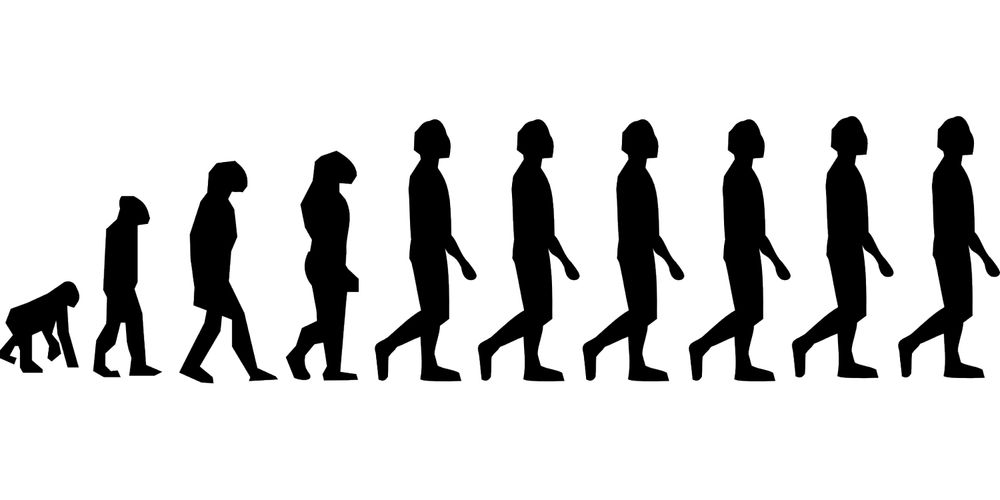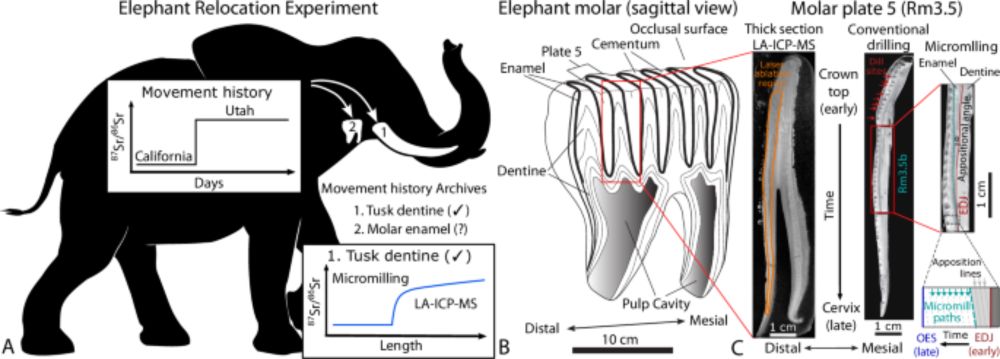Congratulations, John!
22.10.2025 02:09 — 👍 1 🔁 0 💬 0 📌 0

Selective use of distant stone resources by the earliest #Oldowan toolmakers
🔗 www.science.org/doi/10.1126/...
16.08.2025 01:16 — 👍 0 🔁 0 💬 0 📌 0

New discoveries of #Australopithecus and #Homo from #Ledi-Geraru, Ethiopia
🔗 www.nature.com/articles/s41...
13.08.2025 15:47 — 👍 3 🔁 1 💬 0 📌 0
Curatorial Associate
The American Museum of Natural History is one of the world’s preeminent scientific and cultural institutions, and has as its mission to discover, interpret and disseminate information about human cult...
Anthropology collections manager job at the AMNH @amnh.org in New York! Additional info: A PhD (or PhD candidacy) is required to apply. Prior training in collections management and databases is essential. This is not a research position. Salary range $93-98k/year. careers.amnh.org/postings/4509
17.07.2025 15:53 — 👍 18 🔁 26 💬 0 📌 2
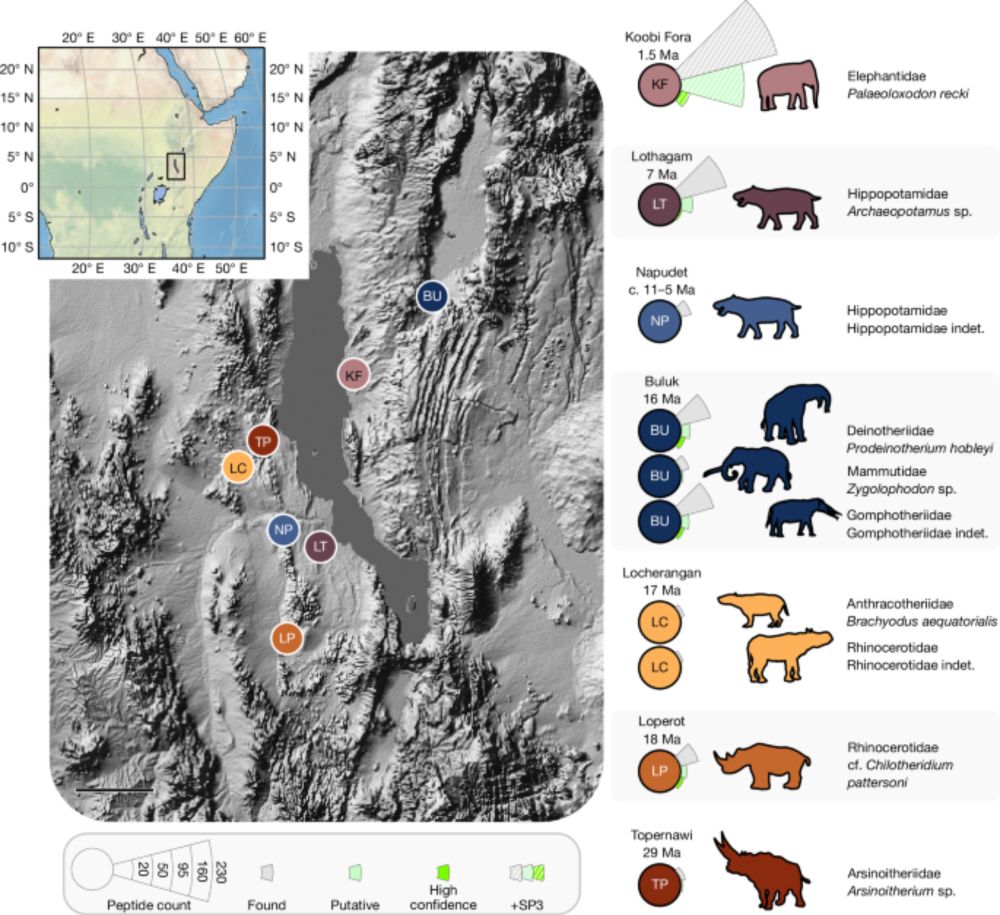
Eighteen million years of diverse enamel proteomes from the East African Rift - Nature
The isolation of dental proteins from fossils deposited 1.5 million to 18 million years ago in the Turkana Basin in Kenya, a tropical region, demonstrate the promise of dental enamel for palaeoproteom...
Check out our new paper, led by former postdoc and current colleague Daniel Green on 18 Ma proteins in fossil teeth! Tim Cleland, a proteomics wizard, did the measurements. What's the take home? We hope to use protein fingerprints to study mammal and hominin phylogenetics! bit.ly/OldProteome
09.07.2025 19:40 — 👍 6 🔁 6 💬 2 📌 0

A look at the EDJ of the #teeth of ancient #Egyptians suggests that foraging people were replaced by farmers during the 6th millennium BCE, rather than taking up farming themselves. Some foragers persisted in #Sudan.
🔗 ow.ly/MJEz50VvMGU
09.04.2025 06:09 — 👍 0 🔁 0 💬 0 📌 0
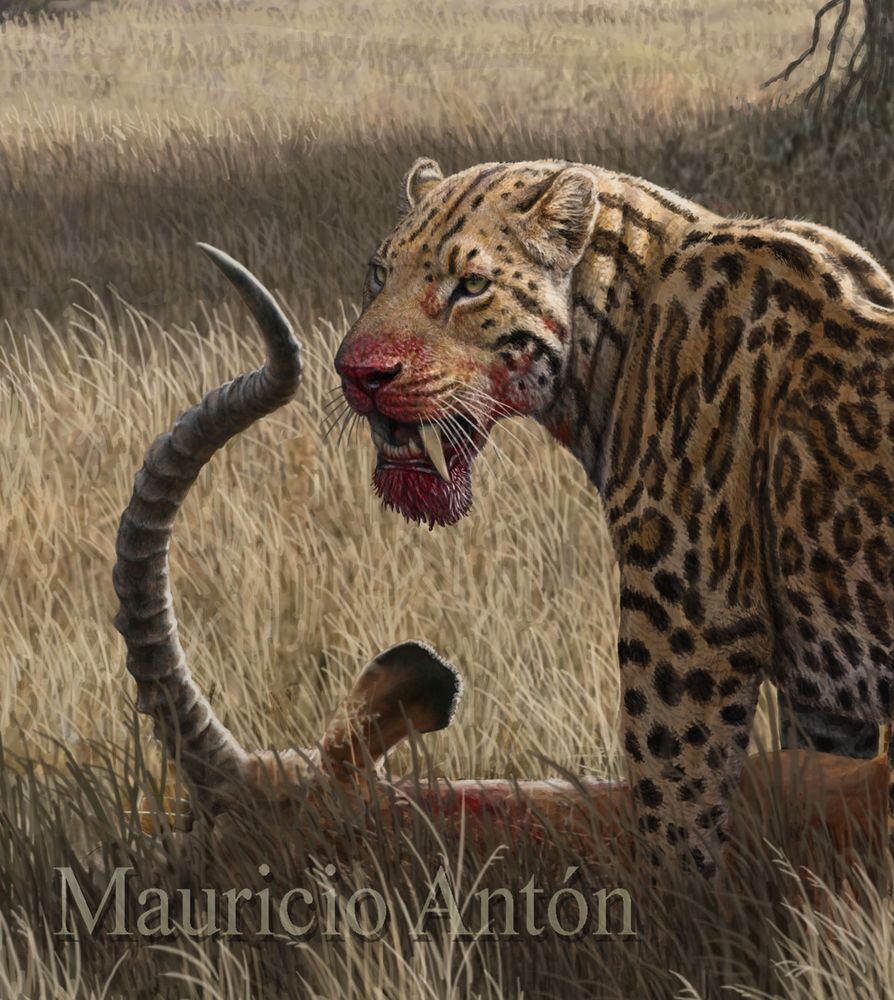

Interested in ancient food webs? Check out our new study on the paleoecology of the Pliocene large carnivore guild at Hadar (Lower Awash Valley, Ethiopia):
www.sciencedirect.com/science/arti...
01.04.2025 18:19 — 👍 40 🔁 13 💬 0 📌 0
Running performance in Australopithecus afarensis
🔗 www.sciencedirect.com/science/arti...
31.01.2025 21:40 — 👍 1 🔁 0 💬 0 📌 0

Image from Skinner et al (2025) showing the SK 46 fossil specimen (a cranium typically attributed to Paranthropus robustus) from Swartkrans, South Africa. The specimen is depicted in sagittal section from the microCT image (top right) and as surface renderings of the cranium in anterior view (top left), lateral view (bottom left), and inferior view (bottom right).
An open-access collection of early fossil hominin scans from Swartkrans, South Africa was recently published in the journal PaleoAnthropology by Skinner et al. Both Paranthropus robustus & early Homo are represented in the assemblage.
paleoanthropology.org/ojs/index.ph...
🏺🧪🦣
#paleoanthropology
24.01.2025 20:42 — 👍 71 🔁 24 💬 2 📌 2
What makes human culture unique? | ASU News
Why is human culture — the shared body of knowledge passed down across generations — so much more powerful than animal cultures?“What’s special about our species?” is a question scientists have wrestl...
The question of human dominance over the planet has long intrigued scientists and philosophers alike. Recently, #ThomasMorgan, an evolutionary anthropologist @asuiho.bsky.social, proposed a fascinating hypothesis to explain why humans rule the world.
🔗 news.asu.edu/20241107-hea...
13.12.2024 00:04 — 👍 0 🔁 0 💬 0 📌 0

In southern Africa, grazing herbivores decline over the last 50 kyr, but regional pollen records show no change in grass abundance through time. How do we make sense of these patterns? Check out our new study led by postdoc Alex Norwood (Univ of Utah) in QSA:
www.sciencedirect.com/science/arti...
10.12.2024 19:34 — 👍 20 🔁 7 💬 1 📌 0
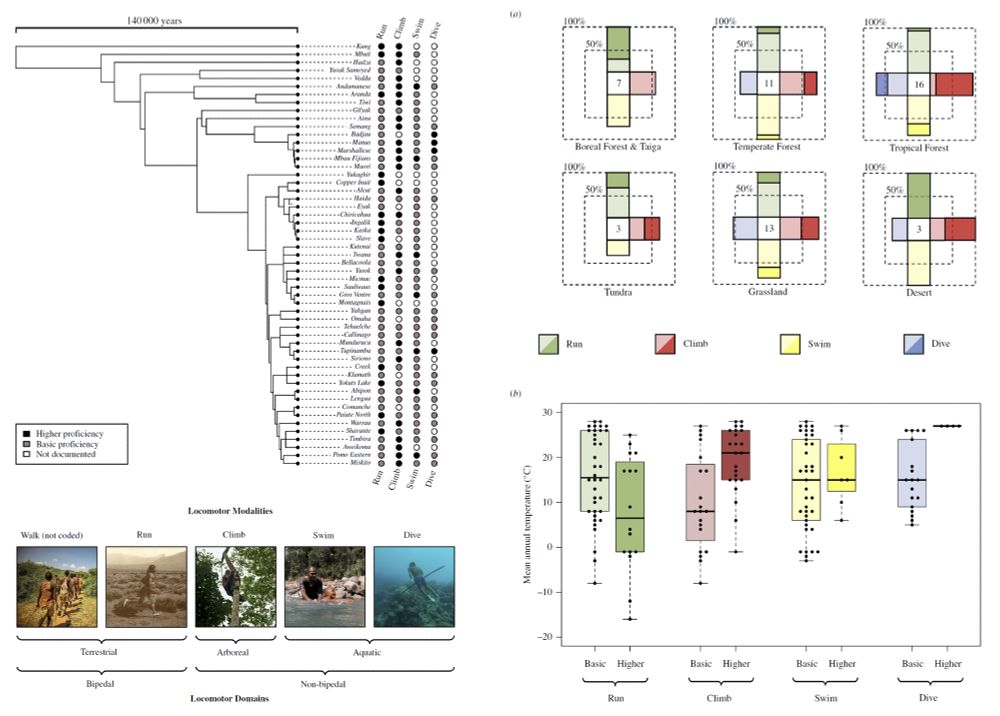
After the amazing paper by @kevinhatala.bsky.social & colleagues on locomotor variation in early #hominins, an exciting new study led by George Brill on forms of locomotion in #foragers
'Extensive locomotor versatility across a global sample of hunter–gatherer societies'
doi.org/10.1098/rspb...
04.12.2024 18:55 — 👍 39 🔁 18 💬 3 📌 1
*Paranthropus boisei
28.11.2024 19:53 — 👍 1 🔁 0 💬 0 📌 0

Contemporary hominin locomotor diversity
Footprints in Kenya show that hominin bipedalism had a complex evolutionary history
“The findings help to elucidate the complex evolutionary history of hominin #locomotion and suggest that different #hominins may have interacted across habitats.”
🔗 www.science.org/doi/10.1126/...
28.11.2024 19:50 — 👍 1 🔁 0 💬 0 📌 0
I would like to be added. Thanks!
28.11.2024 17:33 — 👍 1 🔁 0 💬 0 📌 0
I’d love to be added. Thanks!
28.11.2024 12:28 — 👍 1 🔁 0 💬 1 📌 0

“Much about the #human evolutionary story has changed over the past century, but one reality has not. Despite crucial developments in molecular & primatological studies, fossils & their context remain the primary evidence for understanding our origins.”
🔗 royalsocietypublishing.org/doi/10.1098/....
26.11.2024 22:07 — 👍 3 🔁 0 💬 0 📌 0
Paleoanthropologist and Assistant Professor of Biological Anthropology at Washington University in St. Louis
Laboratoire Paléontologie Evolution Paléoécosystèmes Paléoprimatologie
UMR 7262 CNRS
Université de Poitiers
Postdoc in the Michigan Society of Fellows at University of Michigan. I work with digital fossils that can be fixed with a Ctrl+Z.
https://annekortpaleo.com
https://m.youtube.com/channel/UCJaiHFrVy0wdObYoV-rwXPw
PhD in biological Anthropology, interested in Human evolution, Paleopathology and Virtual Anthropology. European Research Area fellow at the Univ of Coimbra
danycoutinhonogueira.weebly.com
Scientist: #biodiversity, #macroecology, #climatechange, #restoration & #rewilding, #novelecosystems, #plants & #vegetation, #megafauna, #human-#nature relations & #remotesensing. Director, https://econovo.au.dk/
The best place to find out what’s new in science – and why it matters.
Assoc. Prof. of Archaeology at UCCS in Colorado, mind usually other places. Agent-based models and quantitative methods usually for the Palaeolithic.
Anthropologist, Science Writer. Archaeology & Bio Anthro Editor for SAPIENS. Lecturer for Harvard HEB. Views my own. www.bridgetalex.com
A bit of modeling, a bit of experiments, lots of evolution. Researcher
@cnrs @cefemontpellier
Biological anthropologist at the University of Calgary
https://www.vivekvenkataraman.com/
Personal Account
Founder: The Distributed AI Research Institute @dairinstitute.bsky.social.
Author: The View from Somewhere, a memoir & manifesto arguing for a technological future that serves our communities (to be published by One Signal / Atria
Asst. Prof. in Psychological and Brain Sciences and Anthropology @ UC Santa Barbara | UC PPFP Fellow | Fascinated by great ape social cognition!
https://www.laurasimonelewis.com/
https://www.originsofmindlab.com/
SSE Grad Student Advisory Council - serving all levels of students & postdocs. Tweeting about meetings, awards, jobs, & other resources. RT does not = endorsement
Palaeoanthropology research group led by @martamlahr.bsky.social combining multiple projects that investigate human evolution, largely focused in the Turkana Basin.
Administered by the Ng'ipalajem team
A digital magazine about everything human, told through the stories of anthropologists.
Community-driven, free, open and transparent peer-review for #preprints in #Archaeology
http://archaeo.peercommunityin.org
also @PCI_Archaeology@archaeo.social
The funder-researcher collaboration and open-access publisher for research in the life and biomedical sciences.
Follow @eLifeCommunity.bsky.social
News from the School of Human Evolution and Social Change at Arizona State University
LAS Distinguished Professor of Anthropology University of Illinois Chicago and Program Director, Cultural Anthropology, US National Science Foundation (NSF)
Nature Communications is an open access journal publishing high-quality research in all areas of the biological, physical, chemical, clinical, social, and Earth sciences.
www.nature.com/ncomms/












